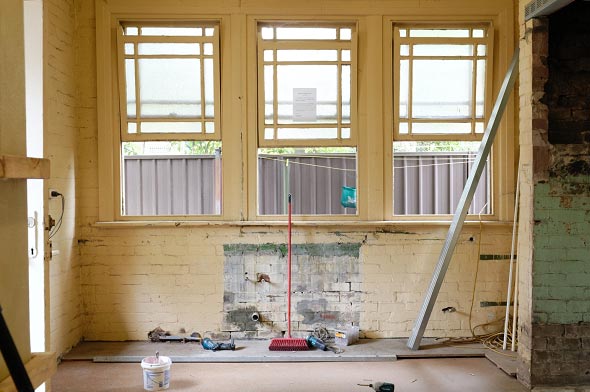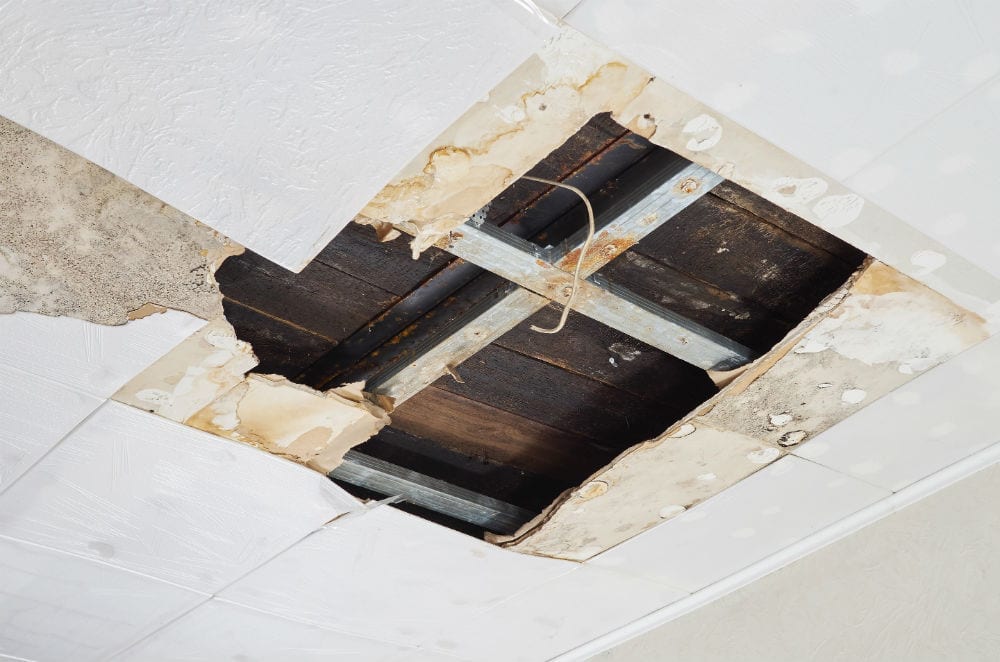Do's and also Don'ts During Water Damage Emergency Situations.
Do's and also Don'ts During Water Damage Emergency Situations.
Blog Article
Every person may have their own thoughts involving What You Can Do At Home To Prevent Fire And Water Damage.

Though water offers life, water invasion on parts where it's not supposed to be can result in damages. If the water soaks into your framework, it can peel away surface areas and erode the structure. Mold and mildew and mold likewise grow in a moist environment, which can be unsafe for your wellness. Houses with water damages odor moldy and old.
Water can originate from many resources such as hurricanes, floodings, burst pipelines, leaks, and drain issues. In case you experience water damage, it would certainly be good to recognize some safety preventative measures. Here are a few standards on how to take care of water damages.
Do Prioritize House Insurance Coverage Insurance Coverage
Water damage from flooding as a result of heavy winds is seasonal. You can likewise experience a sudden flood when a malfunctioning pipeline suddenly ruptures right into your residence. It would be best to have house insurance coverage that covers both disasters such as natural disasters, as well as emergencies like damaged plumbing.
Do Not Neglect to Turn Off Utilities
In the event of a catastrophe, specifically if you stay in a flood-prone area, it would be recommended to shut off the major electric circuit. This removes power to your whole home, protecting against electric shocks when water comes in as it is a conductor. Furthermore, don't fail to remember to shut off the primary water line shutoff. Furniture will move around and cause damage when floodwaters are high. Having the main valve shut off stops additional damages.
Do Remain Proactive and Heed Weather Notifies
Pay attention to evacuation cautions if you live near a lake, river, or creek . Doing so lowers prospective residential or commercial property damages.
Don't Disregard the Roofing System
Before the climate turns frightful, see to it you have a roof inspection. Actually, it would be prudent to obtain this service every year as it can mitigate complicated issues. If there are no holes and also leaks in your roof covering, you can avoid rain damages. Your roofer will additionally take care of malfunctioning seamless gutters or any other signs of weakening. This will stop water from flowing down your wall surfaces and soaking your ceiling.
Do Focus On Tiny Leakages
A burst pipe doesn't take place overnight. You may discover bubbling paint, peeling wallpaper, water touches, water discolorations, or trickling audios behind the wall surfaces. Have your plumbing repaired before it results in huge damage.
Do Not Panic in Case of a Ruptured Pipeline
Keeping your clearheadedness is essential in a time of dilemma. Stressing will only compound the problem due to the fact that it will certainly stifle you from acting fast. Timing is essential when it comes to water damage. The longer you wait, the even more damage you can expect. Hence, if a pipe bursts in your home, immediately shut down your primary water valve to remove the resource. Unplug all electric outlets in the area or transform off the circuit breaker for that part of the residence. Call a trusted water damages repair specialist for aid.
Water gives life, water breach on parts where it's not meant to be can result in damages. Houses with water damages smell moldy as well as old.
Water damages from flood fees to hefty winds is seasonal. You may observe gurgling paint, peeling wallpaper, water streaks, water spots, or trickling sounds behind the wall surfaces. When it comes to water damages, timing is key.
Some Do's & Don't When Dealing with a Water Damage
DO:
Make sure the water source has been eliminated. Contact a plumber if needed. Turn off circuit breakers supplying electricity to wet areas and unplug any electronics that are on wet carpet or surfaces Remove small furniture items Remove as much excess water as possible by mopping or blotting; Use WHITE towels to blot wet carpeting Wipe water from wooden furniture after removing anything on it Remove and prop up wet upholstery cushions for even drying (check for any bleeding) Pin up curtains or furniture skirts if needed Place aluminum foil, saucers or wood blocks between furniture legs and wet carpet Turn on air conditioning for maximum drying in winter and open windows in the summer Open any drawers and cabinets affected for complete drying but do not force them open Remove any valuable art objects or paintings to a safe, dry place Open any suitcases or luggage that may have been affected to dry, preferably in sunlight Hang any fur or leather goods to dry at room temperature Punch small holes in sagging ceilings to relieve trapped water (don't forget to place pans beneath!); however, if the ceiling is sagging extremely low, stay out of the room and we'll take care of it DO NOT:
Leave wet fabrics in place; dry them as soon as possible Leave books, magazines or any other colored items on wet carpets or floor Use your household vacuum to remove water Use TV's or other electronics/appliances while standing on wet carpets or floors; especially not on wet concrete floors Turn on ceiling fixtures if the ceiling is wet Turn your heat up, unless instructed otherwise

I hope you enjoyed our section about Ways to Reduce The Risk Of Fire And Water Damage. Many thanks for taking a few minutes to read through our post. Are you aware of anybody else who is fascinated about the topic? Why not share it. Kudos for your time. Visit us again soon.
Report this page